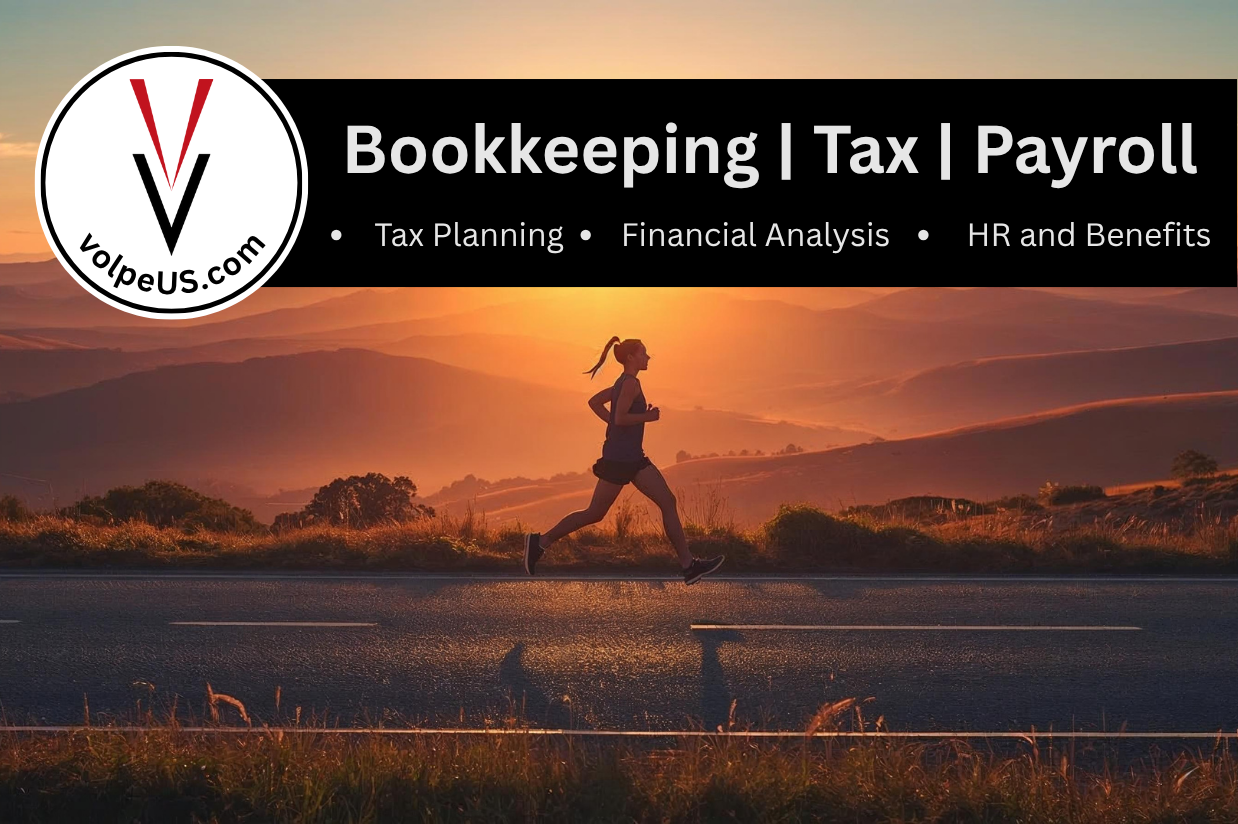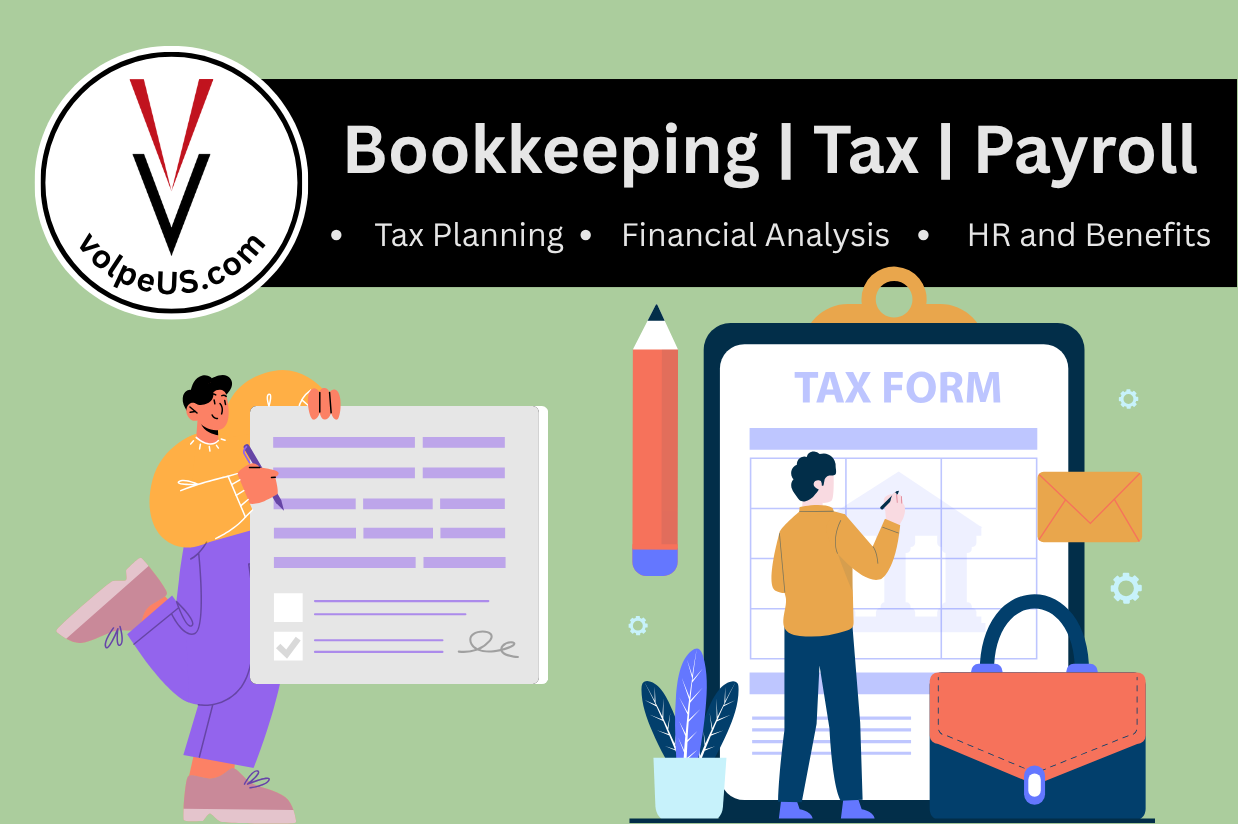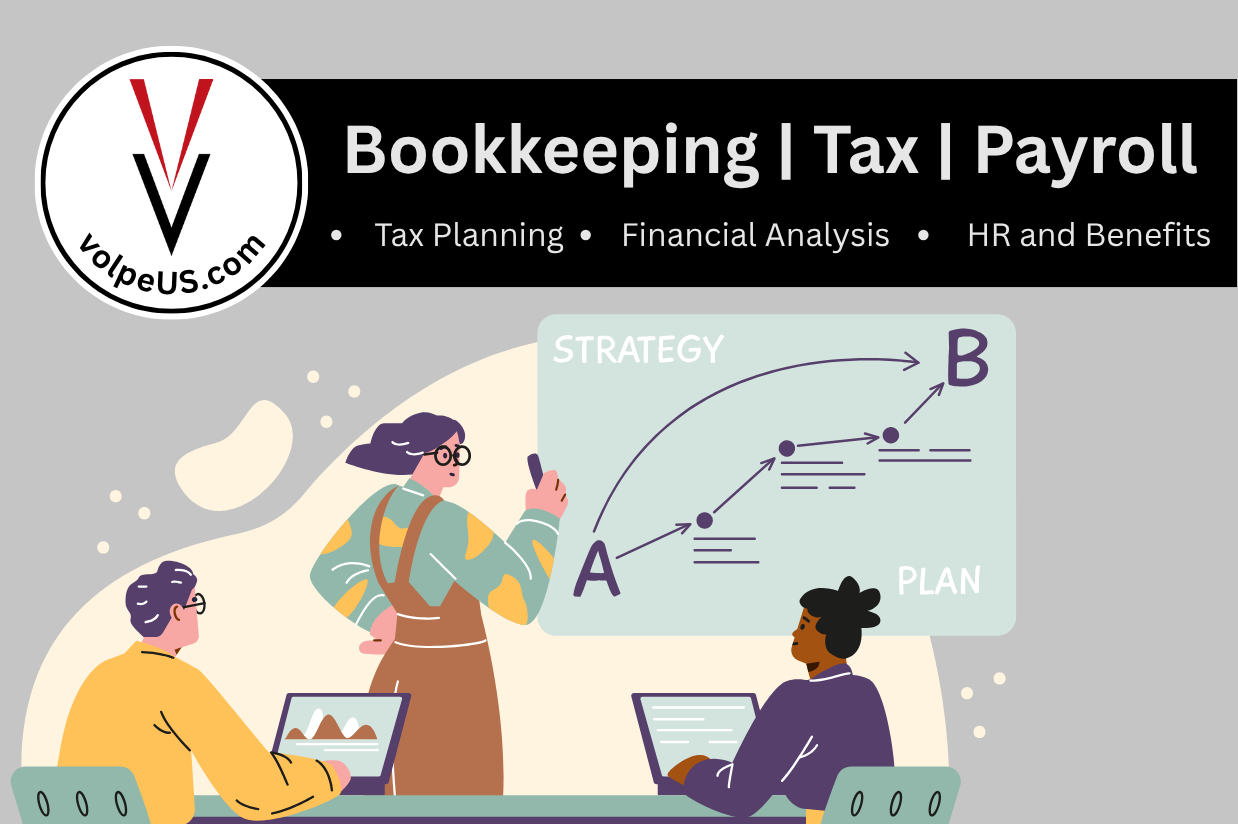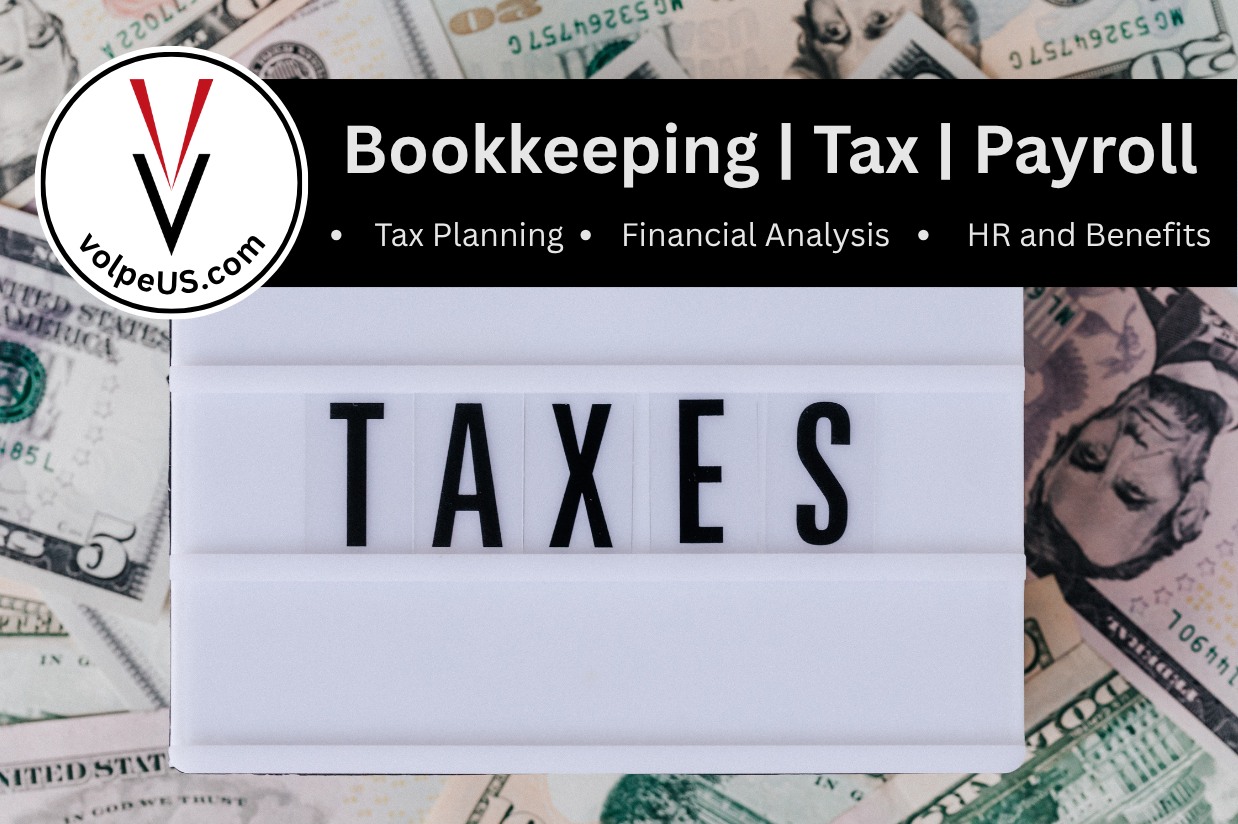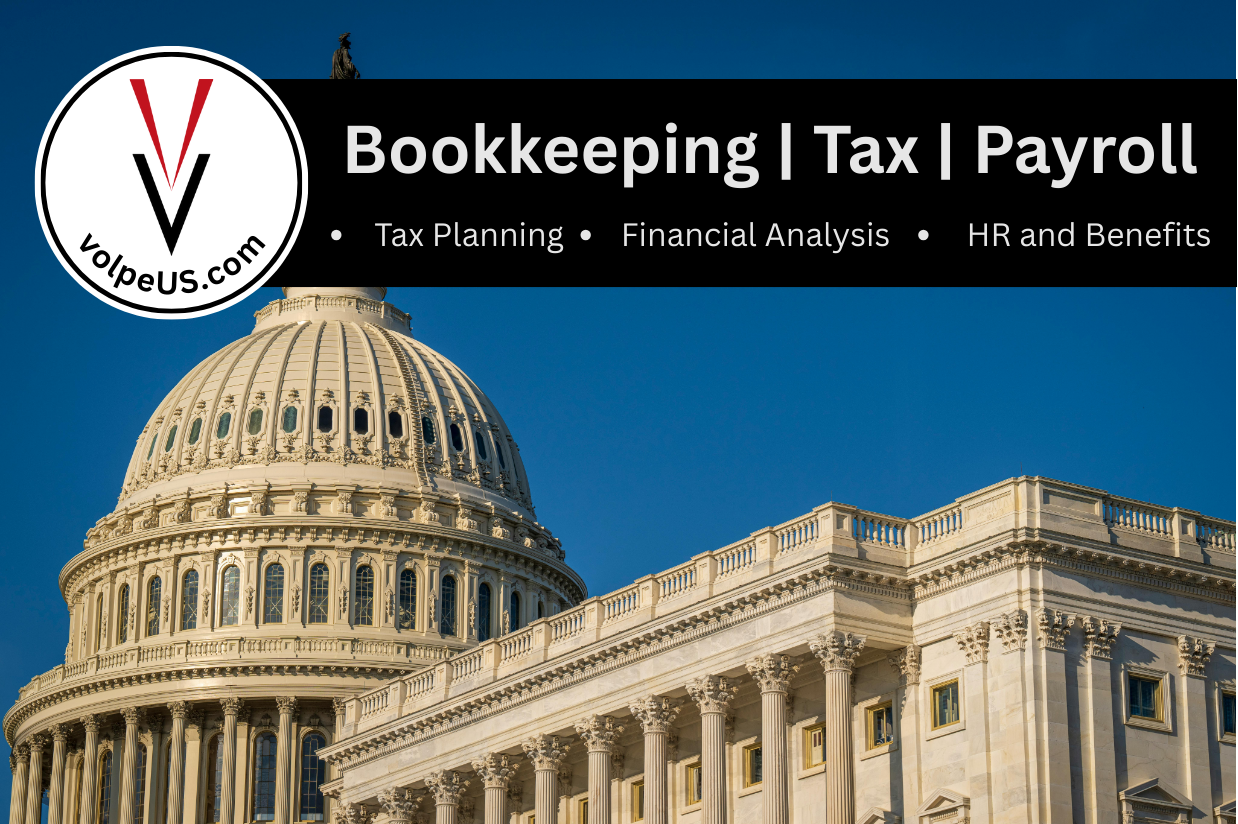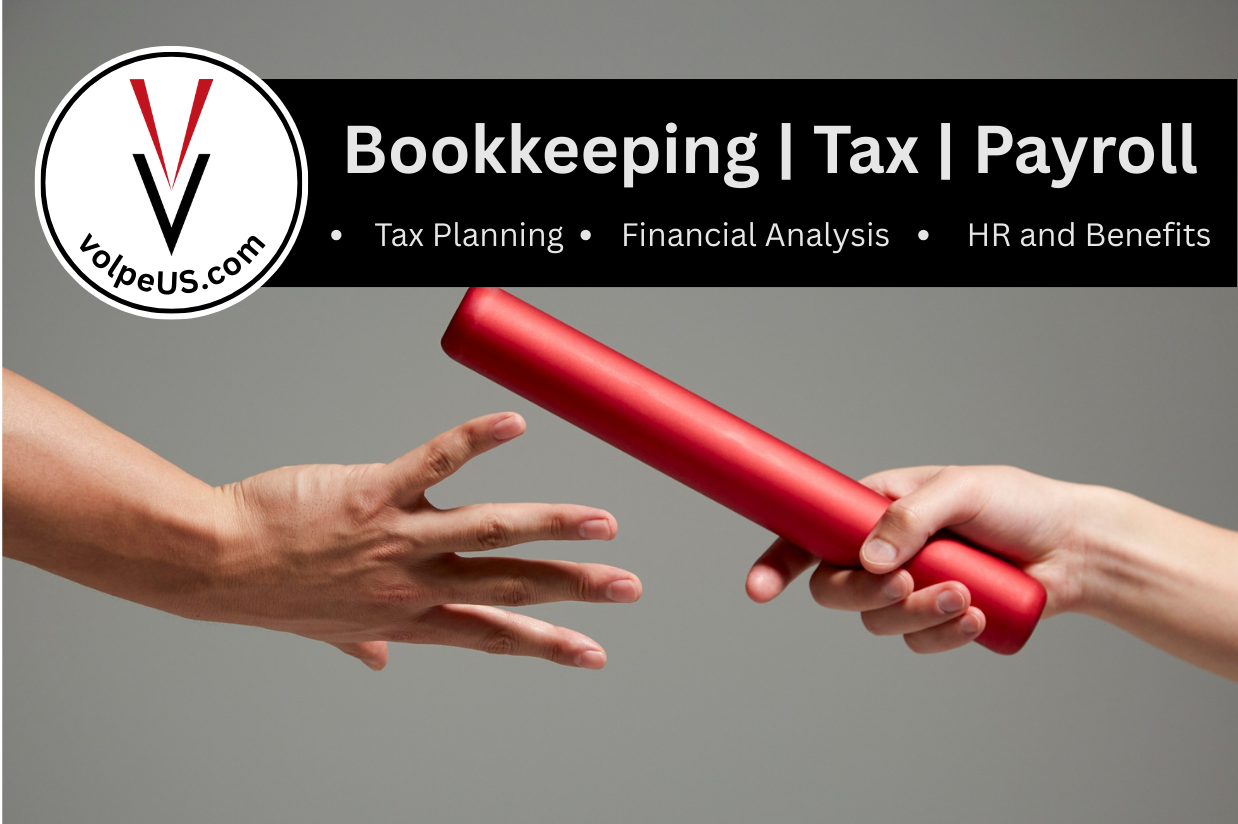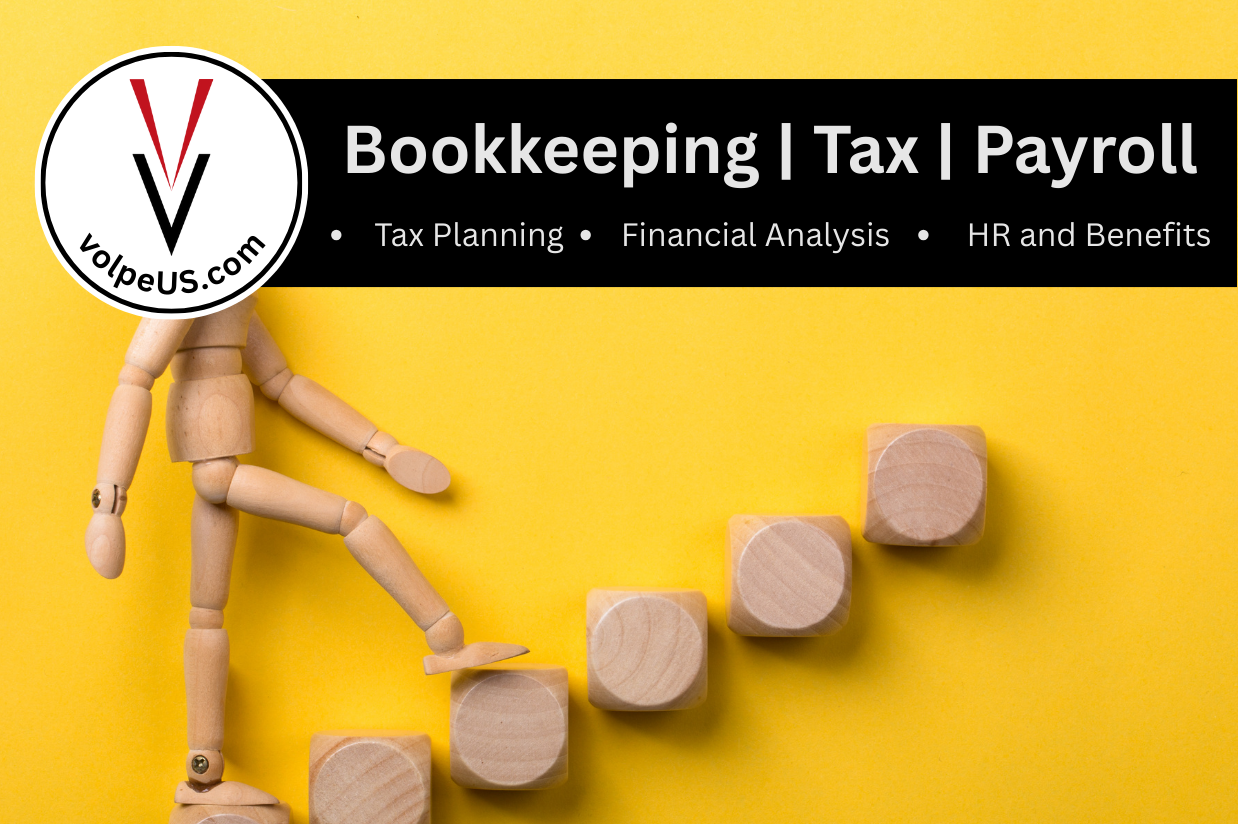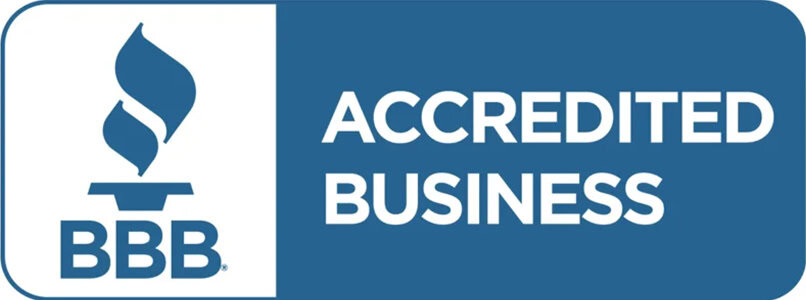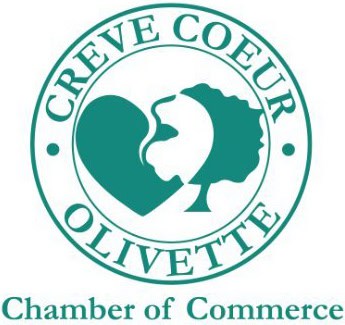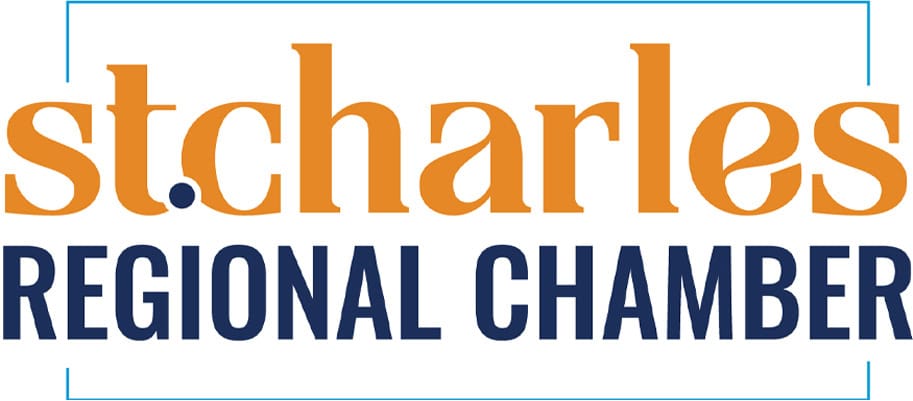Introduction: Managing Cost of Goods Sold
As your business grows, so do your operating costs — and one of the most critical areas to manage is Cost of Goods Sold (COGS). Without proper controls, COGS can become a hidden drain on profitability, taking valuable time away from the core work you specialize in. For many businesses, COGS will represent the largest chunk of expenses they incur over the course of a year. In addition to the other goals of a successful business, like a successful product, in-demand service, or general popularity in a community, COGS can create a big impact on your bottom line through cost management.
It could be said that understanding what goes into the cost of making your products and selling your services is just as important as the product or service themselves. Like an athlete who pushes their body to the limit in their respective sport – understanding what keeps them healthy and mobile will be an added advantage; and, at least, will help prevent an injury that knocks them out of competing.
This article explores best practices for managing COGS, breaks down the differences between COGS and labor costs, and highlights the tools and metrics that can keep your business competitive. We think it’s a super important topic and can greatly complement you in the business running journey.
What is Cost of Goods Sold (COGS)?
Cost of Goods Sold (COGS) represents the direct costs of producing or delivering your goods or services. These are the expenses directly tied to what you sell, not your general overhead like rent, utilities, or administrative salaries.
For product-based businesses, COGS usually includes:
- Raw materials
- Parts and components
- Packaging and storage
- Shipping and freight
Example:
If a bakery spends $1,000 on flour, sugar, and packaging to make bread that is sold to customers, these costs are considered COGS because they are directly linked to the products sold. In contrast, the bakery’s monthly rent of $2,000 for its storefront is classified as overhead, since it is part of general operating expenses and not tied to a specific product or sale.
For service-based businesses, COGS often includes:
- Direct labor tied to delivering the service
- Subcontractor costs
- Specialized tools or software used per engagement

COGS vs. Labor Costs: A Key Distinction for Service Businesses
One common challenge for service businesses is distinguishing between COGS and labor costs.
- COGS (Service-Based Business): Labor costs that are directly billable or tied to providing a service to a client (e.g., consultant billable hours, technician fieldwork).
- Operating Labor Costs (Overhead): Salaries for staff who are not directly providing the service, such as administrative employees, HR staff, or marketing. These are not included in COGS but are recorded as operating expenses.
Example:
- A consulting firm bills clients $200/hour for project work. Consultant wages tied to those hours = COGS.
- The firm also employs an office manager at $50,000/year. Their salary = Operating Expense, not COGS.
Understanding this distinction allows service businesses to calculate gross profit accurately and avoid underpricing their services.
Best Practices for Managing COGS
- Implement an ERP System
An Enterprise Resource Planning (ERP) system centralizes your data, enabling you to:
- Track inventory levels and historical trends
- Monitor service sales and margins
- Identify which products or services generate the highest returns
- Spot underperforming offerings early
With this insight, you can refine strategy, focus on profitable lines, and prevent wasted resources. Even small business owners can benefit from ERP systems by selecting cloud-based or modular solutions that fit their budget and needs. These platforms often offer user-friendly dashboards, automation for tasks like invoicing and expense tracking, and integration with existing software. By starting with core modules such as inventory and sales management, owners gain visibility into their operations without committing to large upfront costs or complex implementations. This incremental approach helps streamline decision-making and sets the stage for growth as the business evolves.
- Strengthen Supply Chain Management
A resilient supply chain minimizes risk. Key steps include:
- Establishing relationships with multiple suppliers
- Negotiating delivery schedules that match your business cycle
- Ensuring suppliers provide consistent quality and support
Strong supplier relations reduce disputes and keep inventory flowing smoothly.
- Maintain Optimal Inventory Levels
Set inventory floors and ceilings to avoid stockouts or costly overstocking:
- Floors: Minimum levels based on sales history, ensuring you never run out.
- Ceilings: Maximum stock you can sell or store before it becomes a burden.
Adjust ceilings depending on product size, demand cycles, or storage constraints.
- Manage Costs Proactively
Smart cost management goes beyond finding the cheapest supplier. Consider:
- Bulk discounts
- Total value (including service, support, and reliability)
- Long-term partnership benefits
Doing your due diligence saves money and reduces risk.

Key Performance Indicators (KPIs) for COGS Management
Tracking KPIs allows you to measure efficiency and profitability. Here are a few essentials:
- Inventory Turnover Ratio = COGS ÷ Average Inventory
Measures how quickly you sell inventory. Higher turnover = stronger sales.
- Example: If your annual Cost of Goods Sold (COGS) is $500,000 and your average inventory is $100,000, then Inventory Turnover Ratio = $500,000 ÷ $100,000 = 5. This means you sell through your inventory five times a year.
- Lead Time = Procurement + Manufacturing + Shipping
Helps anticipate delays and plan inventory replenishment.
- Example: If procurement takes 4 days, manufacturing requires 3 days, and shipping takes 2 days, then Lead Time = 4 + 3 + 2 = 9 days from order to delivery.
- Forecast Variance % = (Actual Inventory ÷ Budgeted Inventory) – 1
Reveals how accurate your forecasts are and highlights seasonal patterns.
- Example: If your actual inventory is 950 units and the budgeted inventory was 1,000 units, then Forecast Variance % = (950 ÷ 1,000) – 1 = -0.05, or -5%. This indicates you have 5% less inventory than planned.
- Labor Cost per Item = Total Labor Expense ÷ # of Units Produced
Crucial for manufacturing businesses to track efficiency.
- Example: If total labor expense for a month is $8,000 and 2,000 units were produced, then Labor Cost per Item = $8,000 ÷ 2,000 = $4 per unit.
- Profit Margin per Unit = (Sale Price – (Labor + Inventory Costs)) ÷ Sale Price
Shows which products or services deliver the best return.
- Example: If a product sells for $30, labor and inventory costs total $18, then Profit Margin per Unit = ($30 – $18) ÷ $30 = 0.4, or 40%. This shows you earn a 40% profit on each unit sold.
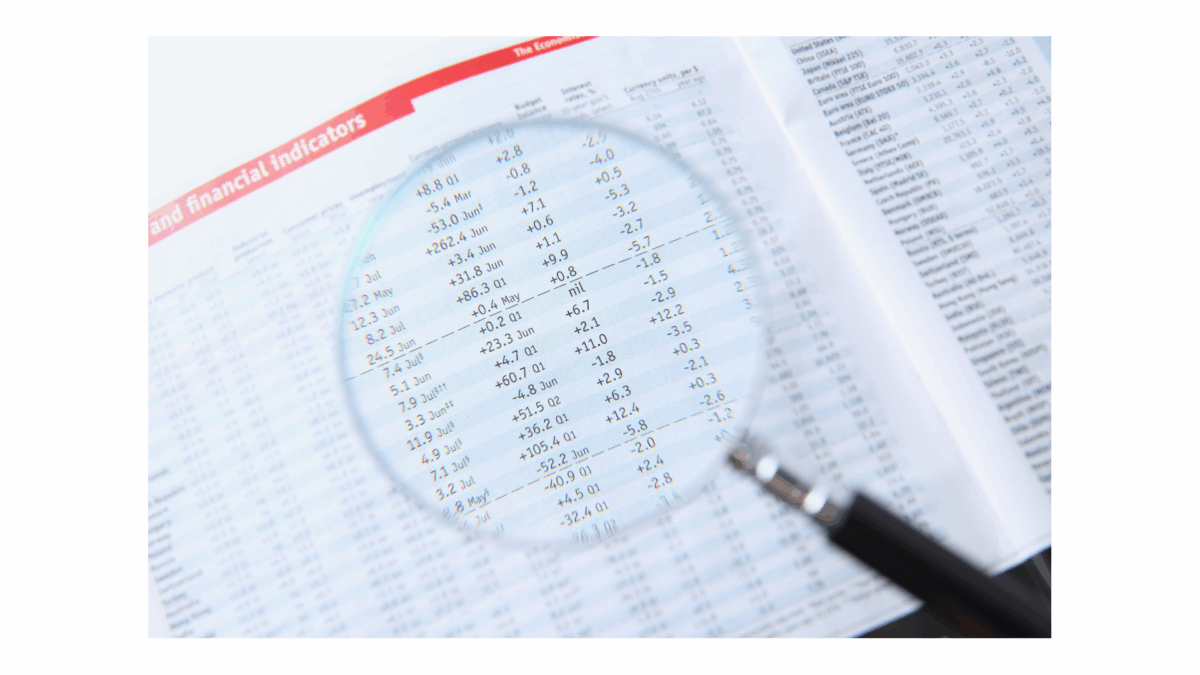
Conclusion: Turning COGS into a Competitive Advantage
Managing your Cost of Goods Sold (COGS) goes far beyond mere accounting—it represents a powerful lever for driving strategic growth and operational excellence. By consistently tracking key metrics, businesses gain early insight into inventory trends, areas of inefficiency, processes to optimize, and can lead to reduced waste over time.
Small improvements in cost control can translate into significant gains. Strengthening your supply chain, implementing robust ERP systems, and maintaining disciplined oversight of expenses all contribute to healthier profit margins and improved competitiveness. Ultimately, integrating these approaches ensures you not only maintain financial health, but also position your business to outpace competitors and adapt to changing market demands.
If there’s a pain point within your operation that you’d like to discuss, we’re here. We’d appreciate the opportunity to look into it with you and hopefully provide some insight as to how you can move forward. For more information, or to just put a few faces to the name,
Disclaimer: The content on this blog is for informational, educational, and occasional entertainment purposes only. It should not be construed as legal, tax, or financial advice.
